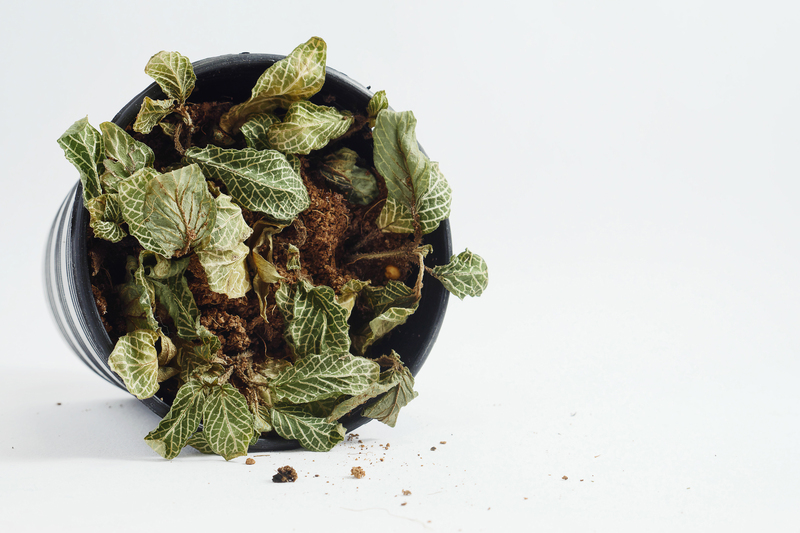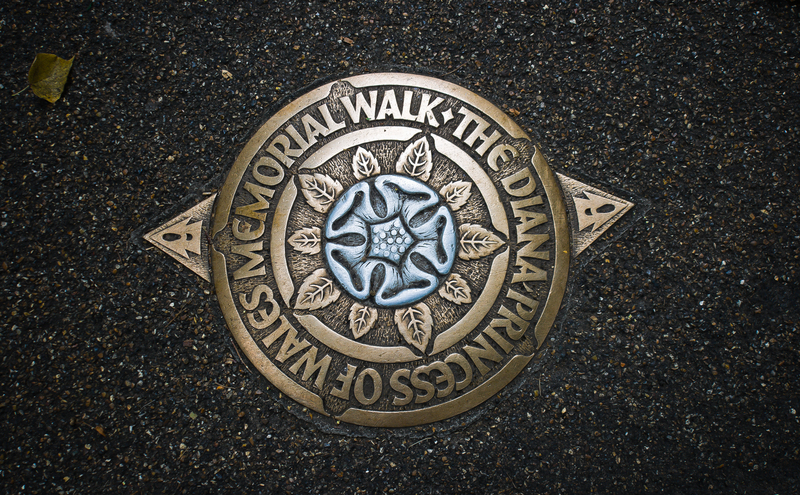Top Techniques to Eliminate a Tree Stump Effectively
Having a lingering tree stump in your yard can be more than just an eyesore. It can attract pests, present a tripping hazard, and disrupt your landscaping plans. Fortunately, there are several highly effective methods for removing tree stumps, ranging from manual labor to chemical and mechanical solutions. In this comprehensive guide, we'll discuss the top techniques to eliminate a tree stump effectively, ensuring you choose the best approach for your yard and budget.
Why Tree Stump Removal Is Important
Before diving into removal techniques, it's essential to understand why tree stump elimination is crucial:
- Pest Prevention: Stumps can attract termites, carpenter ants, and fungi, which may spread to other parts of your landscape or even your home.
- Aesthetics: Stumps detract from the beauty and value of your property.
- Garden Development: Tree stumps can make mowing and landscaping projects much more challenging.
- Safety: Stumps are tripping hazards, especially for children and the elderly.

Manual Techniques for Tree Stump Elimination
Manual removal is one of the oldest and most straightforward ways of getting rid of a tree stump. This approach is best suited for small to medium-sized stumps with relatively shallow roots.
Digging Out the Tree Stump
- Tools Needed: Shovel, mattock, ax, pruning saw, and possibly a pick.
- Process: Begin by digging around the base of the stump to expose the roots. Use your tools to sever the roots, starting with the smaller ones and moving on to larger roots with a saw or ax. Once the roots are cut, lever the stump out of the ground. If necessary, chop the stump into smaller pieces to facilitate removal.
- Ideal For: Smaller stumps with limited root systems.
The Uprooting Method
- Tools Needed: Heavy-duty chains, winch, or a vehicle.
- Process: For stubborn stumps, you can use a vehicle or manual winch. Attach a heavy chain around the base, secure it to the winch or vehicle, and gently pull to extract the stump. Ensure safety by checking the chain and setup.
- Ideal For: Medium-sized stumps with manageable root networks.
Burning the Stump
- Preparation: Drill holes in the top and sides of the stump to facilitate burning. Fill the holes with kerosene or fuel oil (avoid gasoline). Allow the liquid to soak for several days.
- Process: Ignite the stump and let it burn down to the roots. Monitor the fire closely to ensure safety, and check local regulations regarding open burning.
- Safety Note: Always verify local burning laws and ensure you have means to extinguish the fire.
- Ideal For: Rural or spacious properties where open burning is allowed.
Chemical Methods for Stump Removal
When physical removal is too difficult, chemical stump removal provides a less labor-intensive option. Chemical decomposers speed up the natural decay process, making it easier to break apart and eliminate the stump.
Using Stump Removal Chemicals (Powders and Liquids)
- Products: Stump removers based on potassium nitrate or other high-nitrogen formulations.
- Process:
- Drill several holes into the stump, as deep and wide as possible.
- Pour the chemical remover into the holes according to the manufacturer's instructions.
- Soak with water to activate the chemical action.
- Wait several weeks to months, checking periodically. The stump will become soft and spongy.
- Once decomposed, break apart the stump using an ax or shovel and remove the debris.
- Ideal For: Patient homeowners with little need for immediate removal.
Homemade Organic Solutions
- Methods: Salt, Epsom salt, or composting.
- Process: Drill holes and fill with salt or Epsom salt, topping with water. Cover the stump with a tarp to deprive it of sunlight and moisture, speeding rot. Alternatively, heap compost and soil over the stump, keeping it moist to foster decay.
- Ideal For: Eco-conscious homeowners who prefer to avoid chemical products.
Mechanical Tree Stump Removal Techniques
For larger or multiple stumps, mechanical means are the most efficient and effective stump elimination techniques.
Stump Grinding
- Equipment: Stump grinder (available for rental).
- Process: Position the grinder over the stump and follow the machine's instructions to grind the stump down several inches below ground level. Remove the wood chips and fill the hole with soil.
- Safety Tips: Always wear protective gear, including goggles, gloves, and ear protection. Clear the area of debris and bystanders before starting.
- Ideal For: Large stumps, numerous stumps, or when immediate removal is required.
Backhoe or Excavator Removal
- Equipment: Backhoe, mini-excavator, or tractor.
- Process: This heavy-duty approach is best left to professionals. The machinery lifts the entire stump and root ball from the ground.
- Ideal For: Commercial properties, land clearing, or when handling multiple tree stump removals.
Natural Decomposition Techniques
If time is on your side and you prefer methods that don't require heavy labor or chemicals, consider accelerating the stump's natural decay process.
Composting the Stump
- Cover the stump with nitrogen-rich compost, manure, or grass clippings to foster microbial activity.
- Add water regularly and cover with a tarp to maintain heat and moisture.
- Periodically check and turn the compost material to speed decay.
- This technique requires patience, as it can take several months to a few years.
- Ideal For: Low-impact landscaping and patient gardeners.
How to Choose the Best Stump Elimination Method
The most effective tree stump elimination technique depends on various factors:
- Stump Size & Root System: Large, deep-rooted stumps are harder to remove manually and may require mechanical or chemical means.
- Accessibility: Tight spaces make machinery use difficult, favoring manual or chemical solutions.
- Safety & Environmental Considerations: Burning or chemicals may not be suitable in all areas due to local laws or ecological concerns.
- Cost & Time: Mechanical options are fast but usually more expensive; natural and chemical approaches are slower but budget-friendly.
- Future Plans: If you plan to plant in the same spot, mechanical or chemical removal ensures the area is completely free of woody remnants.
What Happens if You Don't Remove a Tree Stump?
Neglecting tree stump removal can cause issues such as:
- Sprouting: Old stumps may send out new shoots, leading to unsightly, unwanted growth that can be difficult to manage.
- Root Rot: Decomposing stumps can contribute to root rot, affecting neighboring plants and trees.
- Pest Attractants: Termites, ants, and beetles are often drawn to rotting wood, threatening other plants and even structures on your property.
Pro Tips for Successful Stump Elimination
- Prioritize Safety: Wear proper gear, including gloves, goggles, and steel-toed boots when performing manual or mechanical work.
- Consult Your Local By-Laws: Some areas have restrictions on stump burning or chemical use. Always check regulations first.
- Consider Professional Help: For large stumps or difficult terrain, hiring experts ensures safe and complete removal.
- Plan Landscaping Ahead: After removal, fill the hole with soil and consider planting grass, flowers, or a new tree.
- Dispose of Debris Properly: Wood chips or large pieces can be repurposed for mulch or compost but should never be left to decompose near house foundations.

Frequently Asked Questions: Tree Stump Elimination
How long does it take to remove a tree stump naturally?
With organic methods such as composting or Epsom salt, stump breakdown typically takes six months to several years, depending on the size, wood hardness, and environmental conditions.
Is it possible to use home products for stump removal?
Yes, Epsom salt and rock salt are commonly used to draw out moisture and accelerate decay. Proper application as described above is key for effectiveness.
Will stump grinding remove roots?
Stump grinding removes the stump and roots to several inches below the surface, but deeper roots may remain. Over time, these roots will decay naturally.
Is it better to remove or grind a tree stump?
Removal extracts both stump and major roots, ideal for replanting. Grinding is less invasive and faster, making it suitable for landscaping without planting in the same spot.
Are stump removal chemicals safe for pets and plants?
Many chemical stump removers contain potassium nitrate, which can be harmful during the application phase. Keep children and pets away until the product is completely absorbed, or opt for organic methods if concerned.
Summary: Choosing the Most Effective Stump Removal Technique
The right tree stump elimination method for your property depends on your timeline, available equipment, budget, and environmental considerations. Manual digging suits smaller stumps, chemical treatments offer ease for patient homeowners, and mechanical options guarantee speed for larger projects. Regardless of the method, adopting a safe and strategic approach ensures your yard remains beautiful, functional, and pest-free.
Ready to say goodbye to that stubborn tree stump? With these top techniques for effective tree stump elimination, you'll enjoy a cleaner landscape and peace of mind knowing you've handled the job right!